Caffeine to improve athletic performance

Studies have shown an improvement in sports performance when caffeine is consumed before exercise (Clarke, 2018). Here are details about how caffeine works and the safe and effective dose that yields the best results.
Guide to Carb Loading for a Marathon

Plan, Prepare, and Prioritize Your Nutrition
Especially during taper week, it’s crucial to stay organized and mindful of your diet, particularly if you’re balancing a busy schedule. Even though we’re running less in the taper, nutrition is just as important as our bodies absorb all the training we’ve put in during our training cycle.
How to avoid hitting the wall during a marathon

Hitting the wall is not inevitable. With the right fueling and pacing plan, energy levels can remain steady for the duration of your competition, and even provide a kick at the end.
Fuel up: Power-Packed Meal Ideas for Athletes
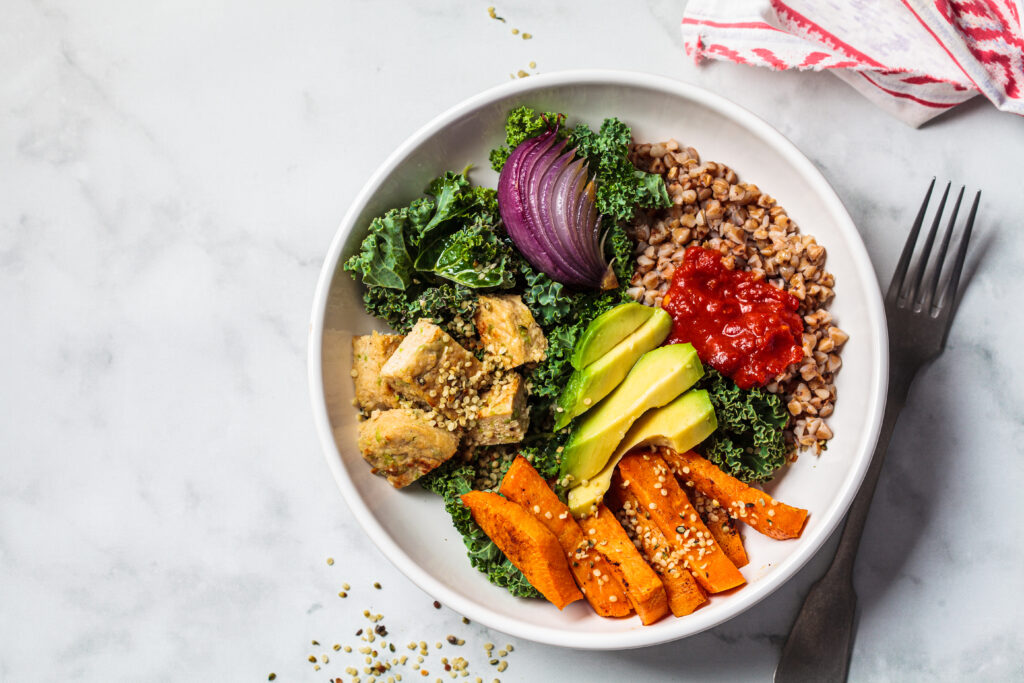
My favorite meals for athletes! Refuel your energy with this list below.
How to know when your fueling plan is working
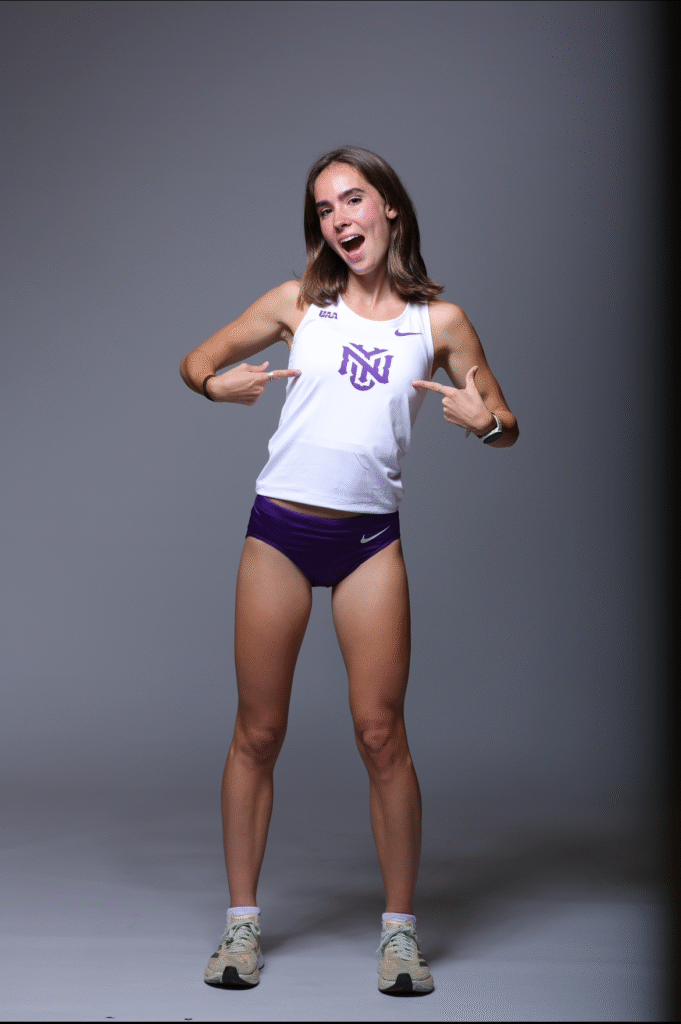
Written by Kate Cochran, Nutrition Intern
Fueling properly for your sport can feel both straightforward and surprisingly complex. For endurance runners, a solid baseline is three balanced meals focused on carbs for energy, protein for recovery, and fats for satiety, with snacks in between.
Easy Nutritious College Athlete Meal Ideas
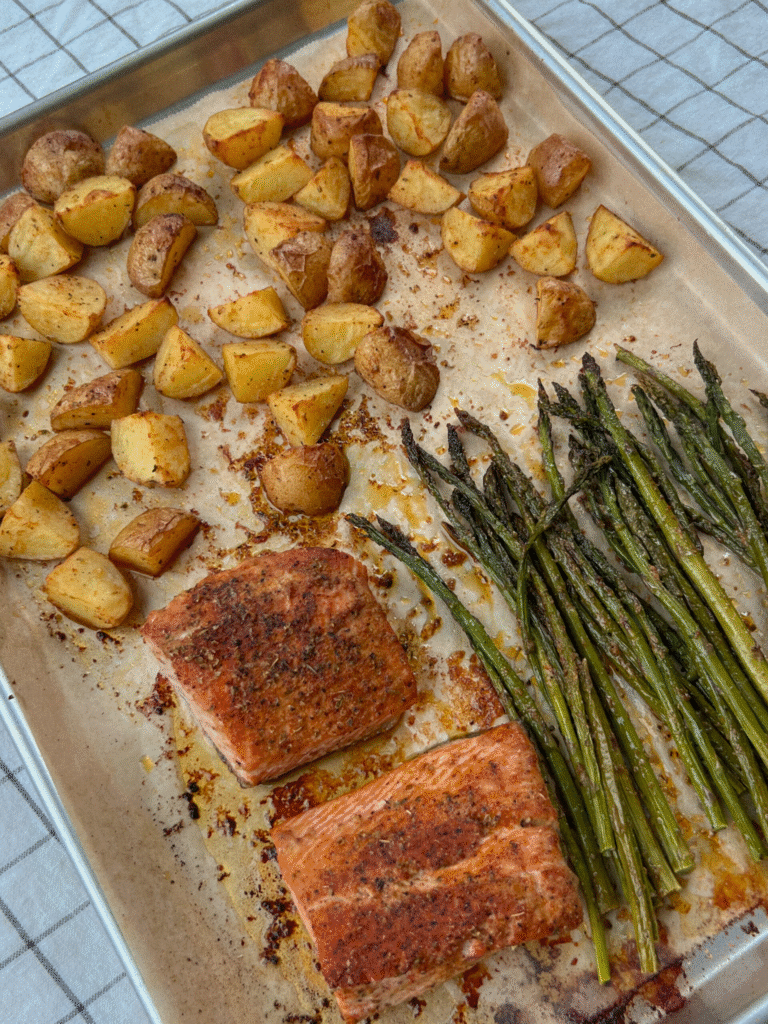
In college, when focusing on countless things such as school work and athletics, it can be difficult to find nutritious balanced meals on campus and time consuming to take all that effort to cook something complicated.
7 Nutrition Myths Every Athlete Should Stop Believing
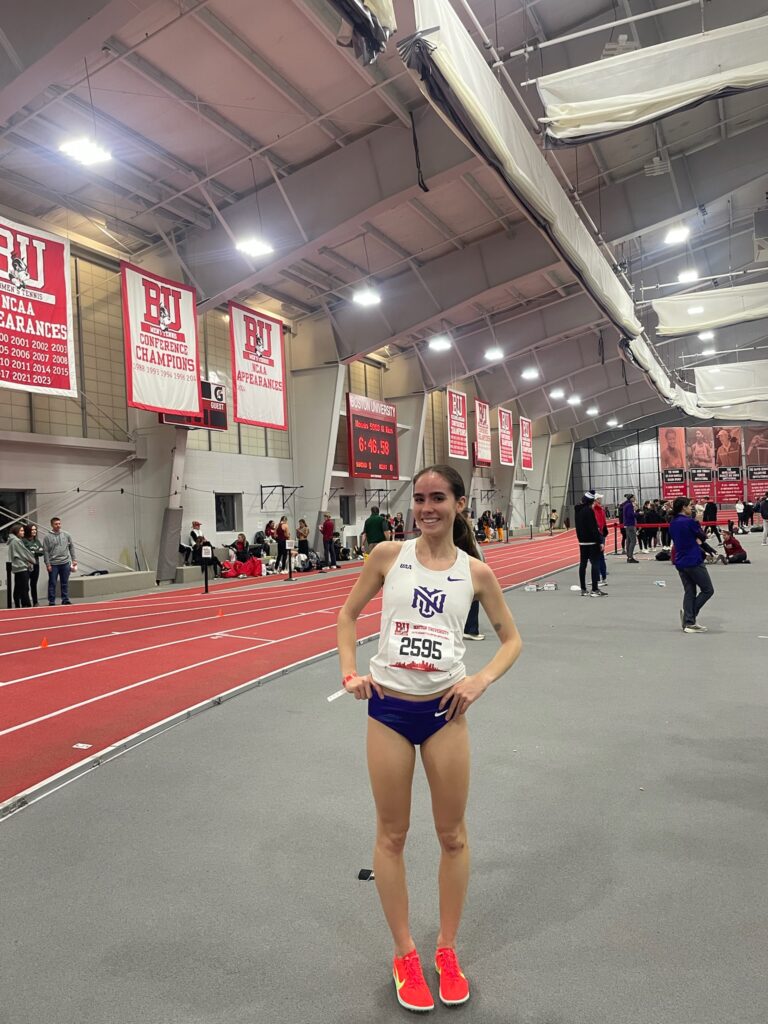
By Kate Cochran, NYU Cross Country Athlete. As an athlete, I often come across all kinds of advice—on how to eat, train, and recover—and it can be hard to know what really works. With social media playing such a big role in how we share and learn information, especially from influencers and fitness personalities, it’s easy to get overwhelmed by the sheer amount of content out there.
Lost Your Period? Here’s How Low Estrogen Could Be Impacting Your Performance

If you’re a female athlete, getting your period is really important. There are many ways that you can use your cycle to your advantage in your sport and in life. When I started running in high school, there was this widespread belief—one that I hope is starting to fade—that losing your period was a sign of being in “peak fitness.”
College Runner Meal Routine: Fuel, Run, Repeat
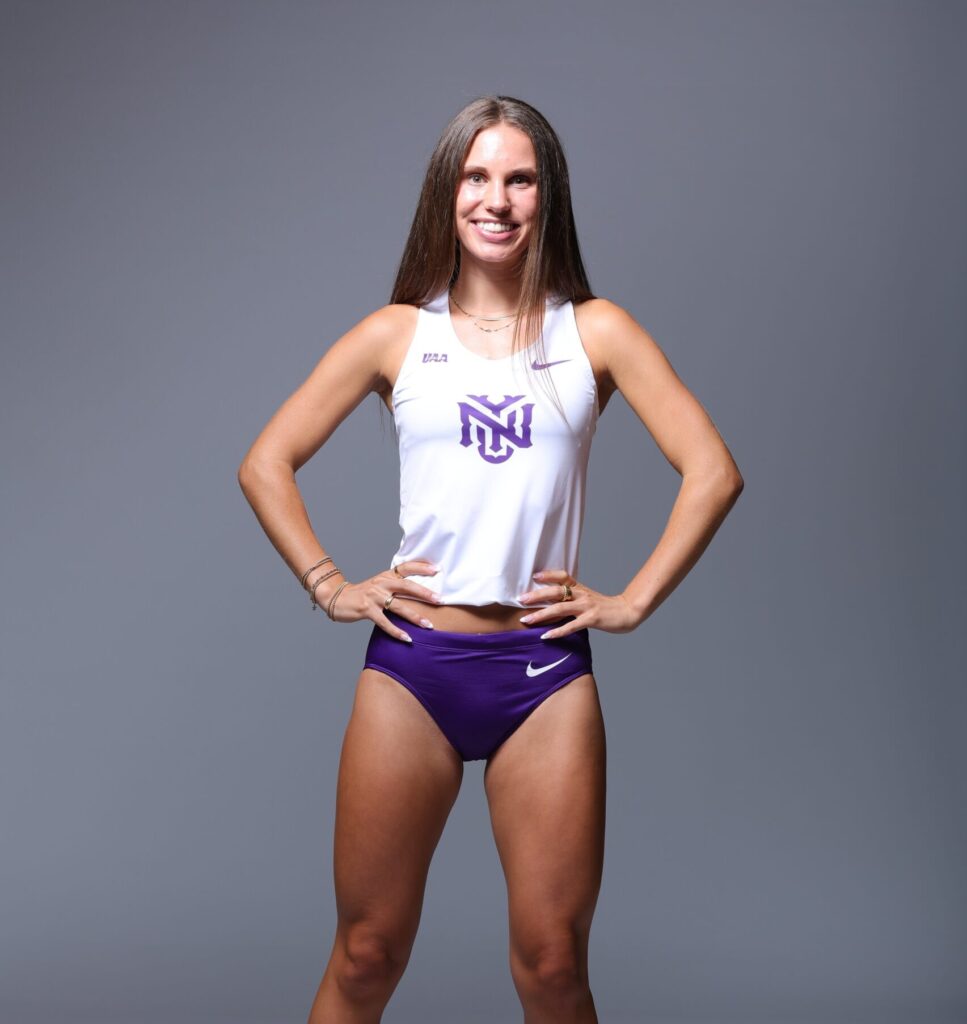
Name: Lucy Gott
Age: 21
From: Northern California
School: NYU
Iron for endurance athletes
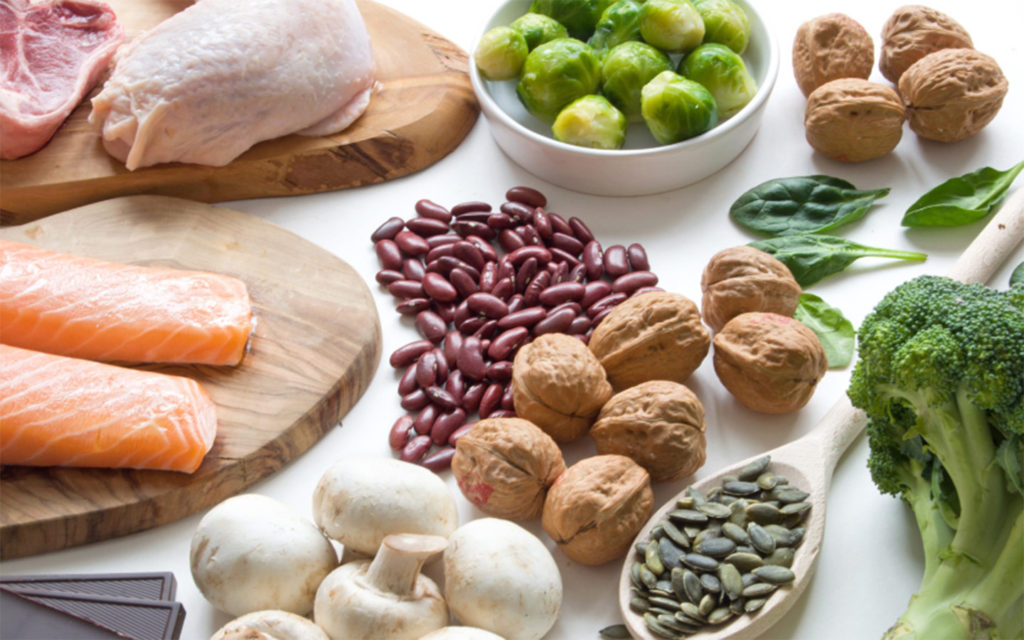
Iron is essential for endurance athletes because it supports oxygen transport, energy production (ATP), cognitive function (including decision-making), and a healthy immune system. Without adequate iron, the body struggles to deliver oxygen to muscles and produce the energy needed for optimal performance. Our bodies cannot make iron, it must be obtained through the diet.